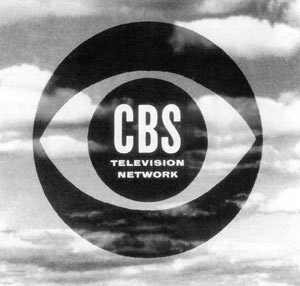 Google Wave is roiling the collaboration space as it moves out of the sandbox and into a wider beta. The ripples are being felt by vendors ranging from IBM to Cisco and even Google itself. IBM is challenging Google Apps with an iNotes offering undercutting on price (as well as features, as Google quickly points out.) Cisco is buying small business videoconferencing assets to bolster its Telepresence technology at the high end, and jettisoning IBM Sametime in favor of its WebEx tools.
Google Wave is roiling the collaboration space as it moves out of the sandbox and into a wider beta. The ripples are being felt by vendors ranging from IBM to Cisco and even Google itself. IBM is challenging Google Apps with an iNotes offering undercutting on price (as well as features, as Google quickly points out.) Cisco is buying small business videoconferencing assets to bolster its Telepresence technology at the high end, and jettisoning IBM Sametime in favor of its WebEx tools.
While Google and many analysts see the iNotes move as a direct challenge to Gmail’s recent instability, the likelier motivation for IBM is Microsoft’s inroads with its Exchange Online product. Redmond may be months away from rolling out Azure, but the on-demand versions of Exchange, Shaepoint, and then Office Web Apps are going to hurt IBM where it counts. Why not attack the weaker target in Google’s consumer/corporate hybrid product to change the subject, Big Blue figures.
Meanwhile Wave continues to make people nervous about where email is going anyway. Wave remains a relatively siloed project inside Google, with its realtime constructs more on the bleeding edge than practical solutions for the problem of managing the growing information stream. Facebook’s acquisition of Friendfeed signaled the power of the micromessaging trend, and attacks on Wave’s experimental UI and metaphor belie the extent to which email is threatened.
Since Twitter went mainstream in the last year, micromessaging threads have become the main carrier of realtime news. Trending topics may seem the fundamental index, but information at the actionable level is carried in a smaller stream managed largely by retweets and overlapping follow clouds. A cascading series of Likes in the Friendfeed/Facebook nomenclature is far more efficient than other mechanisms, including email newsletters and RSS syndication.
This new brand of news is more CNBC than MSNBC. It’s based on a “what’s in it for me” dynamic, which prioritizes the flow based on business implications first, followed by political and social impact. The Letterman story spread on Twitter and Friendfeed once the show aired on the East Coast, giving viewers the heads up to tune in to the show on the Pacific run. The morning shows ran with it as the lead. The underlying reason for the position at the top of the news cycle: the potential impact on Letterman’s contract at a time when Leno’s move to primetime has changed viewing numbers in CBS’s favor for the first time.
Leno’s show is doing quite well with its reworked talk show formula, which can be recorded and consumed in cherry-picked segments. It won’t take long for these microstream swarms to be packaged via realtime alerts, mostly because the microcommunities formerly known as the broadcast audience are under increased pressure to consume more efficiently. Comcast’s move to buy NBC comes after their success in shifting recording to on-demand; it’s a small stretch to adopt that model of server side recording for a netwrok they control. The studios will need to bend to the new model or risk the same squeeze Steve Jobs performed on the carriers with the iPhone.
Email, like RSS, is being supplanted by socially-filtered microbytes reassembled under user control at the client. The SideWiki argument is the stalking horse for this wave of transformation, as users increasingly paint what used to be known as a page with dynamic inline updates of information they’ve told information providers they are willing to incorporate. The end game for email is the understanding that public and private streams are only delineated by the social contours of each granular element of the flow. It suggests the modern update of the phrase For Your Eyes Only.